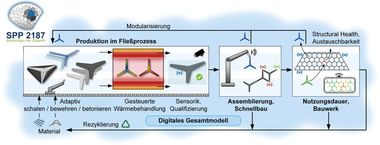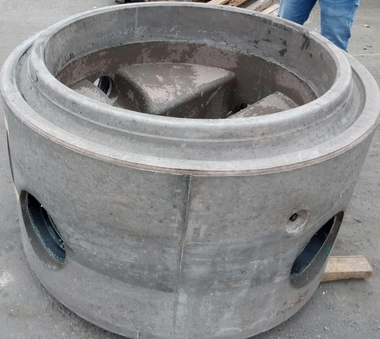Added BIMvalue for concrete construction and precast elements
Changing underlying conditions
In the past few years, the underlying conditions for design and construction have changed fundamentally. Nowadays, the principles of lean management are increasingly being applied to the operation of construction sites. A high degree of efficiency is called for whilst reducing redundant work and saving avoidable costs – all in the sense of achieving the best possible coordination of the various trades and disciplines. At the very heart of this trend is a process-driven approach that automotive companies have begun to implement in the “stationary” industry several decades ago. The momentum of this development is being accelerated even further by the tangible lack of appropriately qualified staff and the high level of incoming orders.
Moreover, the construction industry has begun to use a “magic word” that redefines the complete construction process, i.e. Building Information Modeling (BIM). Yet, for most industry stakeholders, BIM continues to be a somewhat vague or blurred concept because appropriate codes and standards are still lacking in many areas.
Key points of this paper
Whereas, in the past, one and the same building had to be modeled multiple times in order to incorporate changes in a tedious process, the BIM method makes it possible to digitally analyze and align the model and to adjust its parameters if and when required.
This paper refers to concrete construction and the manufacture of precast elements to outline the Open BIM and LEAN concepts, as well as digital design and construction processes. Other key points include designing the change process according to the principle of eliminating obsolete and preserving tried-and-tested processes whilst implementing new concepts, creating acceptance among users and stakeholders, and highlighting areas with added BIMvalue.






